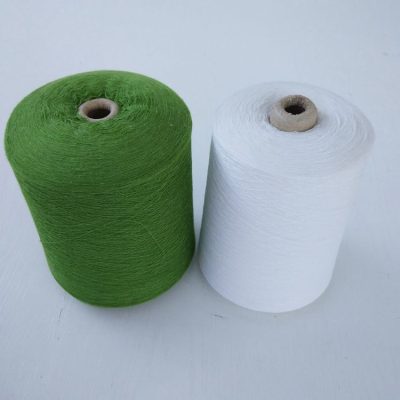Cotton is one of the most important crops in the world. Its large output and low production cost make cotton products relatively cheap. Cotton fiber can be made into fabrics of various specifications, from light and transparent voile to thick canvas and thick velveteen, suitable for making all kinds of clothes, furniture cloth and industrial cloth. The cotton fabric is durable and can be washed and ironed at high temperatures. The cotton fabric is comfortable to wear due to its rapid moisture absorption and dehumidification. If good warmth is required, the surface of the fabric can be raised by brushing finishing. Through other finishing processes, the cotton fabric can also be stain-proof, waterproof, and mildew-proof; improve the anti-wrinkle performance of the fabric, so that the cotton fabric is less ironed or even does not need to be ironed; it reduces the shrinkage of the fabric during washing, so that the shrinkage rate does not exceed 1%.
The chemical structure of cotton cellulose macromolecule is made up of β-D glucose residues connected to each other by 1,4 glycoside bonds. The two terminal glucose residues of the macromolecule have different groups, one end has four free hydroxyl groups, and the other end. There are three free radicals and one hemiacetal hydroxyl group. The second bond in the cellulose macromolecular chain has high stability to alkalis, and is prone to hydrolysis to acids, which reduces the degree of polymerization of macromolecules and weakens intermolecular forces, thus decreasing the strength.
At present, there are different opinions on the mechanism of cellulose on alkalis, but it is generally believed that alkalis can only interact with the light radicals on the fiber macromolecules. Some people wash the product of concentrated alkali and cellulose with alcohol and other reagents for a long time, but there is always part of the alkali that cannot be washed off, indicating that the alkali has indeed chemically reacted with the cellulose.
There are two theoretical explanations for its principle of action: one view believes that cellulose is a weak acid; it undergoes a similar neutralization reaction with alkali to form sodium alkoxide compounds; the other view is that alkali combines with cellulose light bases to form molecules Compound, that is, molecular compound theory.
























